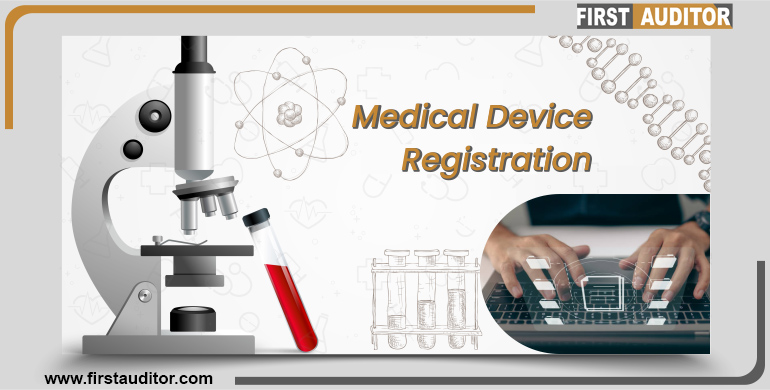With a significant contribution from device imports, India is currently one of the largest international markets for medical devices. Before, medical device makers in India were free to sell their products wherever. Since 2006, all medical devices entering India must adhere to the CDSCO's Indian Medical Device Regulations. For particular types of medical devices governed by the Medical Device Rules, there is currently a formal procedure for medical device registration in India.
Medical equipment and IVD (In-Vitro Diagnostics) sold in India are governed by the CDSCO (Central Drug Standard Control Organization). The State Licensing Authority (SLA) and CLA jointly hold the approval authority, while the CDSCO is led by the Drug Controller General of India (DCGI) (Center Licensing Authority). Medical device production, import, sales, and distribution in India are governed by the Drugs and Cosmetics Act, 1940 and Rules, 1945. Therefore, in India, CDSCO Medical Device Registration is required.

In India, there are several categorization systems for IVD and medical devices, and each of these systems is divided into 4 classes according to the degree of risk associated with these devices. The table listing the four different types of Indian medical devices is below:
| Device Class | Risk Range |
|---|---|
| A | Low Risk |
| B | Low Moderate Risk |
| C | Moderate-High Risk |
| D | High Risk |
The list of individuals who may apply for CDSCO Medical Device Registration in India is as follows:
A website called SUGAM is where all applications for CDSCO Medical Device Registration in India (for both Notified and Non-Notified Devices) must be uploaded, and this is also where CDSCO manages the applications
| Applicant Type | Class Of Device | Application Form | License Form |
|---|---|---|---|
| Importer | A,B,C,D | MD-14 | MD-15 |
| Manufacturer | A,B | MD-3 | MD-5 |
| Loan License | A,B | MD-4 | MD-6 |
| Manufacturer | C,D | MD-7 | MD-9 |
| Loan License | C,D | MD-8 | MD-10 |
The list of individuals who may apply for CDSCO Medical Device Registration in India is as follows:
Form 27 must be submitted to the SLA (State Licensing Authority) together with a copy to the DCG Office and the fee in the manner and form specified in the proposed rules.
No production will be allowed moving forward without the competent authority's approval in accordance with the standards set in the case of devices belonging to the aforementioned categories that had not been produced in the nation before the notification date.
Medical Device Registration is the process of obtaining approval from the CDSCO (Central Drugs Standard Control Organization) to legally sell or distribute medical devices in India. It ensures compliance with the Medical Device Rules, 2017.
Manufacturers, importers, or distributors of medical devices intended for use in India need to apply for this registration. Foreign manufacturers must appoint an Authorized Indian Representative (AIR).
Medical devices are classified into three categories: Class A (low risk), Class B (low to moderate risk), Class C (moderate to high risk), and Class D (high risk). Registration requirements vary based on classification.
Required documents include the product’s technical details, Free Sale Certificate (FSC), ISO 13485 certification, labeling information, product samples, and test reports (if applicable).
The process typically takes 4 to 6 months, depending on the classification of the device and the completeness of the application submitted to CDSCO.